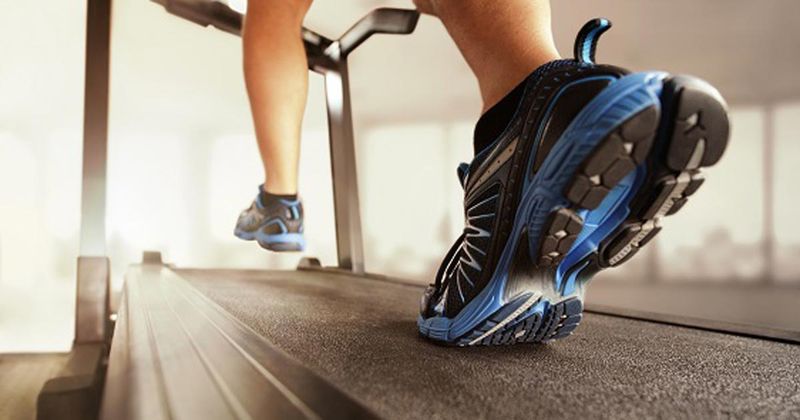‘If you don’t exercise, you break’: Physical activity key in osteoporosis intervention
ORLANDO — Exercise can supplement the efficacy of several therapies used to treat osteoporosis, according to a presenter at the 2022 Rheumatology Nurses Society Annual Conference.
“You get old, and if you don’t exercise, you break,” Jacqueline M. Fritz, RN, MSN, RN-BC, an infusion specialist at the Arthritis and Osteoporosis Center, in La Palma, California, told attendees.


Regarding treatment, Fritz highlighted denosumab, which blocks RANK ligand and is given subcutaneously every 6 months. Meanwhile, the antisclerostin romosozumab (Evenity, Amgen) is effective but should be avoided in patients with cardiac risk. Similarly, estrogen modulators mimic estrogen activity but should not be given to patients at risk for deep vein thrombosis, she said.
For some drugs, when patients reach a certain threshold of bone mineral density, a “drug holiday” of 5 years can be taken, according to Fritz. These include alendronate, risedronate, zoledronic acid, ibandronate and pamidronate.
Ultimately, however, exercise should be a cornerstone of osteoporosis intervention, regardless of the drug or therapy the patient is taking, according to Fritz.
“When you are up and moving around, it helps your bones,” she said.
Meanwhile, Fritz noted that the non-osteoporosis medications patients are taking are also an important consideration in osteoporosis. Among the most commonly used of these drugs are antileptic medications, statins, ace inhibitors, calcineurin inhibitors, thiazolidines, antidepressants, proton pump inhibitors (PPIs) and diuretics.
“How many of these are your patients on? All of them,” she said.
However, statins worsen hyperglycemia and impair insulin sensitivity, and are therefore not ideal for osteoporosis treatment, according to Fritz.
In addition, antileptic medications induce hepatic chromosome CYP450, which increases conversion of vitamin D to inactive metabolites, thereby reducing vitamin D and decreasing absorption of calcium in the gut, Fritz said. She encouraged RNS attendees to review all of the medications their patients are receiving to look for adverse bone implications.
Meanwhile, some drugs have positive impacts on bone mineral density, including diuretics, which increase bone density by preventing calcium loss, she added.
“Beta blockers and calcium channel blockers seem to have no deleterious effects on bone density,” Fritz said. “Biologics decrease inflammation, so they improve bone health.”
According to Fritz, diabetes, chronic kidney disease, chronic obstructive pulmonary disorder (COPD), menopause, hyperparathyroidism, hypertension, alcoholism, rheumatoid arthritis, cancer and Crohn’s disease can also impact bone health.
“All of these impact bone metabolism,” Fritz said.
Nurses and other providers should also encourage their patients to quit smoking to improve their bone health.
“Nicotine reduces trabecular bone formation,” Fritz said. “Smoking interferes with osteoblastic activity.”

